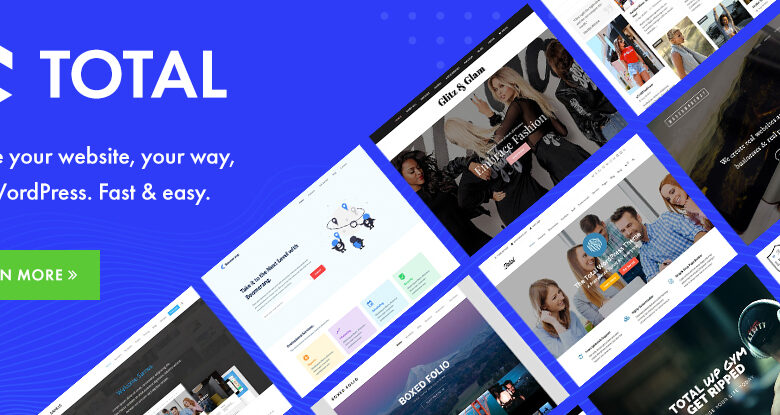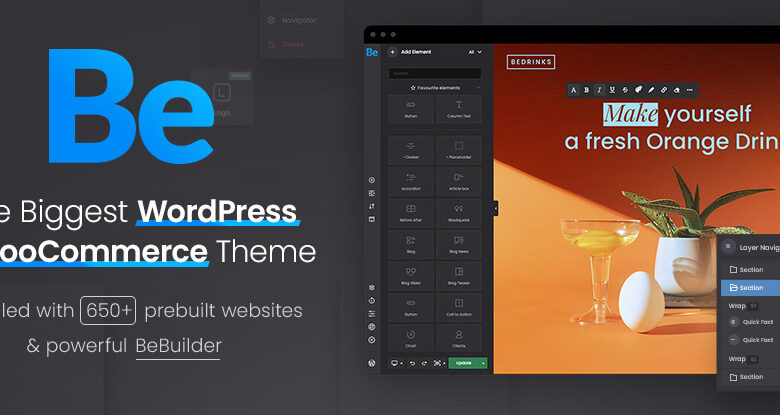Whether you’re designing a user interface for a website or an iPhone app, it’s always a good idea to start with a wireframe. It can be a big time saver if you’re able to nail down the placement of major layout elements early on in a project. There are a number of wireframing applications out there, but a lot of user interface designers like to start out on paper with sketches of what things might look like. With so many tools available to quickly create digital wireframes, some may argue that this is an unnecessary step in the design process. But I think the free flowing style of a sketched wireframe or mockup can be refreshing. Besides, there’s nothing like good ole pencil and paper to get the creative juices flowing.
For this post, I’ve collected 18 great examples of sketched UI wireframes and mockups. A lot of these look so good that you may be inspired to start your next project with a sketch.























Pingback: 10 Free Printable Web Design Wireframing Templates | Freebies
Pingback: YOUR-TITLE